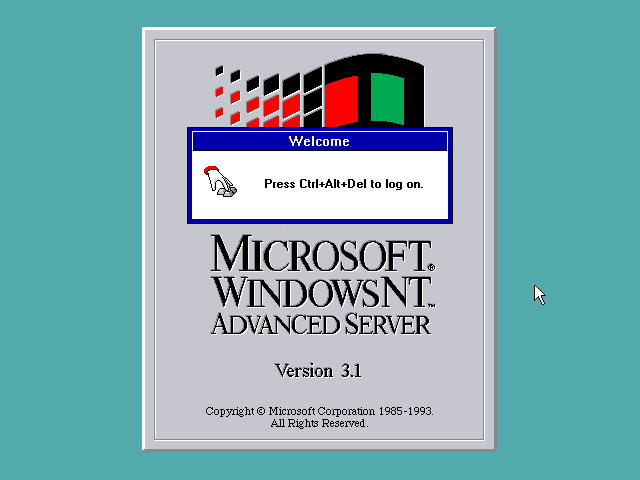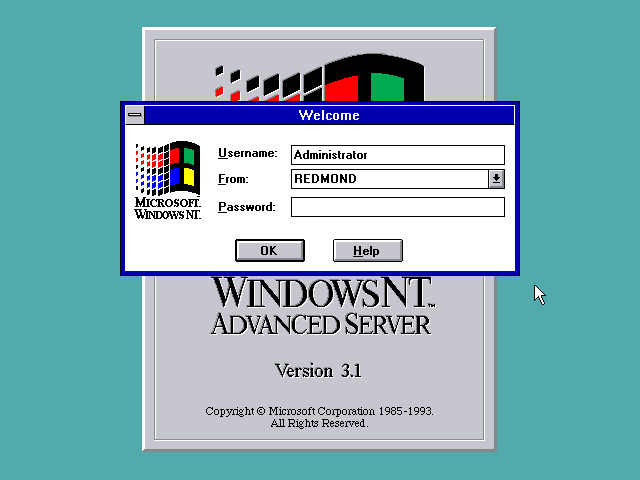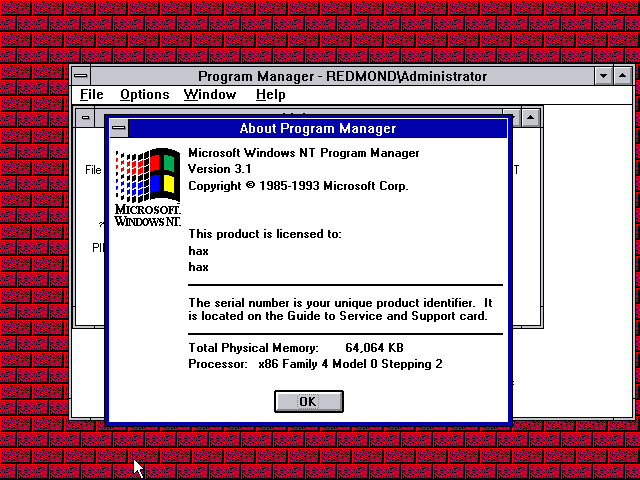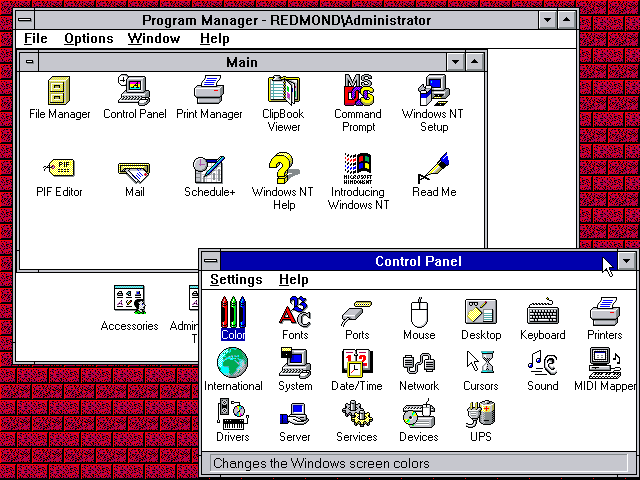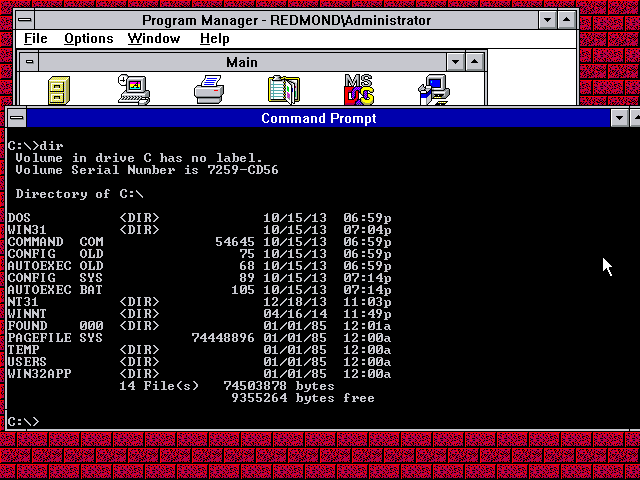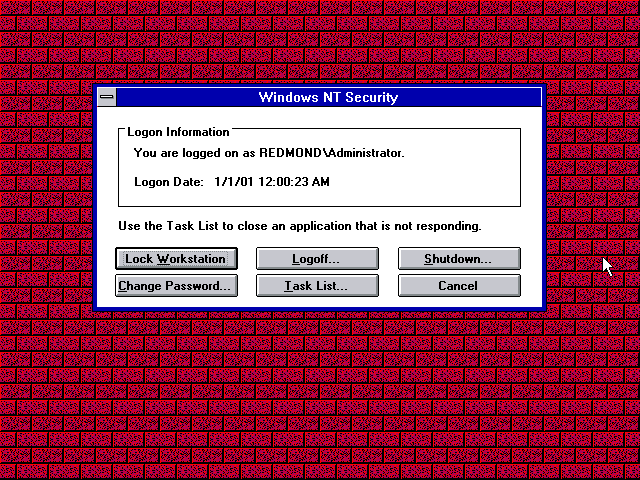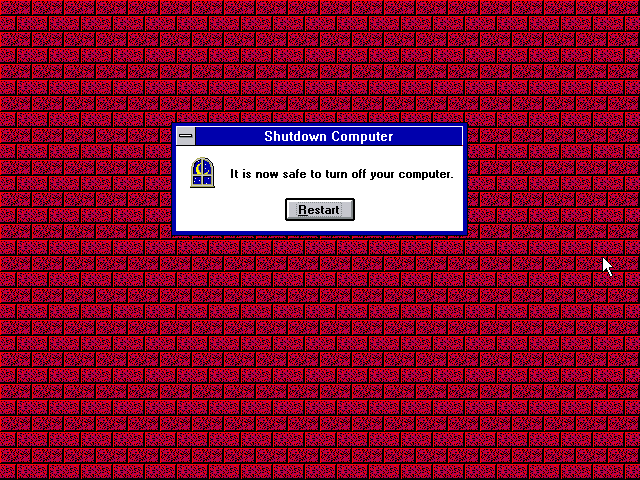Reply 340 of 2397, by TheGreatCodeholio
- Rank
- Oldbie
I have another interim experimental release up (no Win32 build for that reason).
http://hackipedia.org/Projects/DOSBox-X/dosbo … df3f-src.tar.xz
Changes include:
Fixes to the code to compile properly for 64-bit Linux.
CTRL+C and CTRL+BREAK support in DOSBox DOS kernel.
Typing CTRL+C should now trigger CTRL+C instead of typing hearts.
If you use DOSBox to run ancient DOS development IDEs and compilers, being able to CTRL+C out is vital.
Added support for resetting the CPU and system through the keyboard controller or port 0x92. Windows ME no longer complains about not being able to reset the computer when you restart windows. It turns out Windows 95 and 98 were able to reset DOSBox regardless because they contain fallback code to call INT 19h should the keyboard method fail, while Windows ME doesn't use that fallback anymore.
Changed #defines in cpu.cpp to enable exceptions for segment loading when privilege levels differ (RPL != DPL). The defaults between C_DEBUG and normal seemed kind of silly to me (either ignore them entirely, or E_Exit() when it happens--why?) Seems to have no effect on Windows 9x/ME, but the change actually makes it possible to boot Windows NT 3.1 in DOSBox! (why it crashes at the login prompt or when I move the mouse is another issue to look into).
New experimental "non-recursive" page fault mode added. It's not 100% stable, so it's disabled by default. Enable by adding 'non-recursive page fault=1' to the cpu section of your dosbox.conf. When enabled, the hack if possible triggers the page fault exception in a way that aborts the CPU instruction and throws control back up to the Normal_Loop() where the CPU exception can be set up and executed non-recursively. There seem to be a few corner cases with core=dynamic where bugs show up especially if the page fault was caused by a floating point instruction in the guest. Otherwise, the non-recursive mode seems to resolve the issue with page faults building up and overflowing the PF queue. I'm able to use Windows 98 SE now without the PF queue case triggering and slowing down the whole virtual machine. Even Windows ME is usable now (though you still have to forcibly bypass the first-boot setup stage that seems to reliably crash DOSBox).
Also confirmed:
The non-recursive mode makes it possible to use Windows 98 with IDE enabled for all drives and the S3 driver without page fault issues.
APM BIOS emulation works fine when Windows ME shuts down, but the APM BIOS driver always causes a BSOD and should be disabled from the System control panel applet.
I would also like to point out that in the NOTES and BUGS directories of the source tree I've been taking notes and writing wish lists as well as plans and a list of bugs and issues I would like to address if possible. One big concern of mine is that core=dynamic is essentially required to run Windows 9x/ME. core=normal and other settings don't work. I will be away from the project for the next week or two. If anyone here would like to help me with what I've noted in those files, go for it.
In some of the spare time I've had I've also been testing miscellaneous things in DOSBox-X running Windows 95:
https://www.youtube.com/watch?v=mcdPk6ExOd0
https://www.youtube.com/watch?v=IhmcWjmn0eo
Enjoy.
commit 925ee125517bb6e380c4a05886b153d252f1df3fAuthor: Jonathan Campbell <jonathan@castus.tv>Date: Sun Apr 13 16:32:49 2014 -0700change default cpu.cpp exception handling to actually carry out theexception. doing this (and enabling the non-recursive page faults)allows DOSBox to actually boot into Windows NT 3.1!commit cf52e950462493b4a7381817a8d818f6970e2d4aAuthor: Jonathan Campbell <jonathan@castus.tv>Date: Sun Apr 13 16:11:19 2014 -0700E_Exit: print to STDERRcommit a9d791d3c98ff919b19a117d4a5741a0d5dc96bdAuthor: Jonathan Campbell <jonathan@castus.tv>Date: Sun Apr 13 16:07:55 2014 -0700add support for system reset via port 92hcommit 4aef7cf5f3a235bd923c4f00dead7eb8f4d0beb8Author: Jonathan Campbell <jonathan@castus.tv>Date: Sun Apr 13 14:58:35 2014 -0700morecommit 277b6d0b16325d65d4068bfdf60f16da5ba6865eAuthor: Jonathan Campbell <jonathan@castus.tv>Date: Sun Apr 13 14:35:20 2014 -0700add option (enabled by default) to allow resetting the DOSBox emulatorif the guest OS or application uses the standard method through thekeyboard controller. This fixes Windows ME's inability to reboot thesystem when you select "restart system". Windows 95 and 98 apparentlyhappened to work regardless because they contained code to fallback tocalling INT 19h from real mode... or something.commit 49f72786d4d2dbcd2320552e6924bcce2521b6e2Author: Jonathan Campbell <jonathan@castus.tv>Date: Sun Apr 13 14:08:21 2014 -0700add more bug reportcommit 5bf3e55509bfe67d724de04a5a034a01ae916ac2Author: Jonathan Campbell <jonathan@castus.tv>Date: Sun Apr 13 09:35:38 2014 -0700add commentarycommit 09f7efc66f2ae5a62755a57d3c15bfec44e18bc8Author: Jonathan Campbell <jonathan@castus.tv>Date: Sun Apr 13 05:34:41 2014 -0700hm, the non-recursive page fault code isn't 100% stable with dynamic.default off.commit 2069888c1c6608decf8375df0fdb68115d3b4bf0Author: Jonathan Campbell <jonathan@castus.tv>Date: Sun Apr 13 05:05:42 2014 -0700
comment out assertion in IDE emulation that triggers if not wordaligned. Apparently Windows 98 can trigger it when installing VisualStudio 4.0 or something.commit 33b84d7d66fc502e709324812f011d48c992cbd1Author: Jonathan Campbell <jonathan@castus.tv>Date: Sun Apr 13 03:13:32 2014 -0700add experimental non-recursive pagefault mode. so far, so good.it doesn't seem to have any effect on problems with IDE and S3 graphicsemulation, but it does seem to lessen to probability that Windows 98triggers the pagefault recursion issue that causes it to slow down somuch.commit e14e3d9966b006be4b8a617b9ef71d0b3cf90a04Author: Jonathan Campbell <jonathan@castus.tv>Date: Sat Apr 12 18:32:27 2014 -0700remove save state code that typecast function pointers to Bit32u forsome reason. added code to conditionally call into the dynamic core onlyIF the dynamic core was compiled in. This fixes several compile issueswith x86_64.
